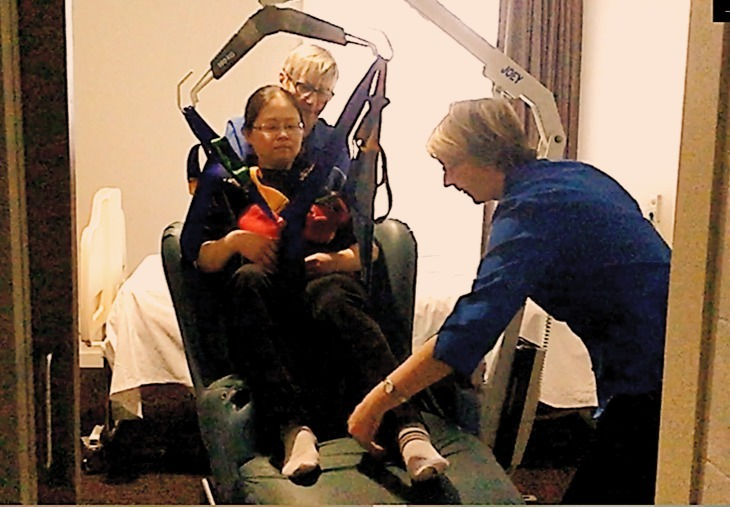Structure of the book
- Angela

- Mar 22, 2021
- 1 min read
Updated: Sep 4, 2021
Part One demonstrates that walking is not an action performed by an isolated individual body; it is an activity entwined with the care provided to the resident by other people and things. The right assemblages of care could create new possibilities for residents to move; however, it also takes time, resources and commitment. Part Two extends the analysis on walking to other kinds of movements, and it challenges many accepted understandings and practices of care, particularly for residents with late-stage dementia and those who are approaching the end of life. Attending to residents’ ways of walking, as well as to sitting, attempted standing, eating and difficulties with eating, this part shows the complex and shifting interplay between bodily impairments, material surroundings, aged care discourses and daily practices in the nursing homes. Dying residents live in a kind of tension between the struggle to live and move and the urge to seek relief from their painful and declining bodies; this difficult topic is addressed in Part Two.
The book as a whole demonstrates how at this very last stage of life, a right care is not only possible but vital. Right care entails keen responsiveness to residents’ shifting bodily states and innermost desires to move, and to eat, even when death is imminent. Right care is always tied to residents’ feelings—of relief, comfort and becoming at ease. In this endeavour, a sense of home can be created and sustained for our nursing home residents, even as they face their final challenge: the struggle and suffering of a dying body.









Comments